An essential resource to human survival and progress after clean water, land and air
This post is part of the series ‘Defining the sustainability of space activities’.
Author of this post: Jahnavi Ghelani
The way we perceive space today makes it inherently difficult to imagine that anything in this vast expanse might be limited in nature, or that we might run out of it at some point in time. But as they say – all good things must come to an end, and have not Earth orbits been a boon to our spacecraft orbiting Earth since the 1950s?
From the time of the first space missions, certain Earth orbits have been invaluable for communication, positioning and surveillance purposes – necessities that we cannot imagine procuring any other way today. For instance, imagine conducting surveillance without space assets: it would require thousands of airplanes flying in the sky to do what a couple of satellites manage today. Satellites can be cost-efficient, time-efficient, reliable, and provide a higher productivity. A win-win system for the entire globe.
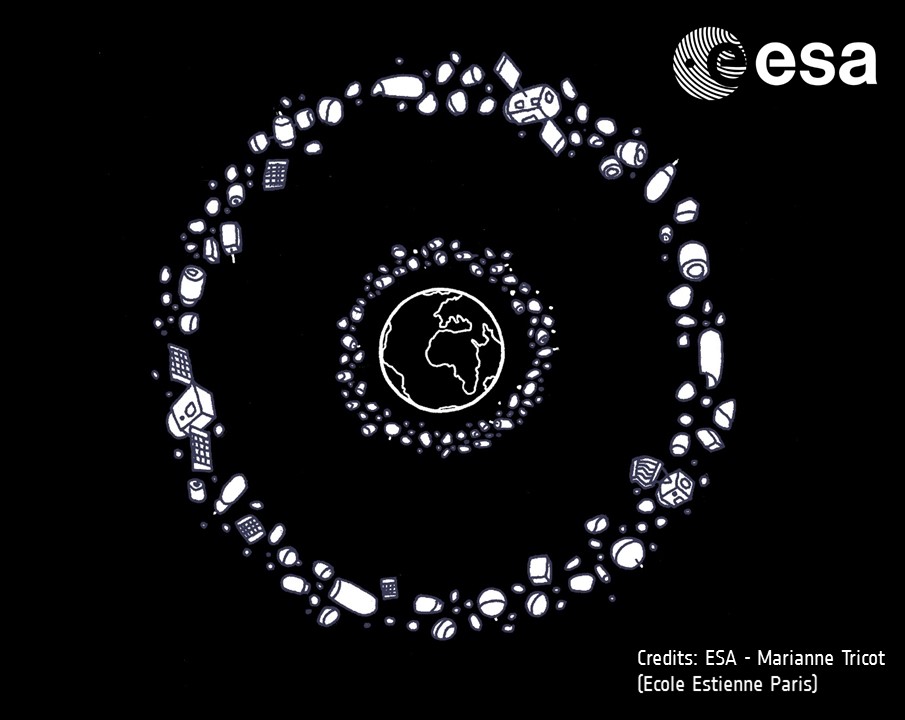
Floating space debris around the Earth
Credits: ESA / Marianne Tricot (Ecole Estienne Paris)
Now imagine losing this win-win situation. Imagine an altitude shell through which satellites revolve around Earth constantly, collecting and relaying essential data. What happens when the traffic in these shells increases to the point of congestion, like a traffic jam on a highway? Or when the safe minimum distance between satellites travelling through Earth orbits is compromised? Undoubtedly, there will be collisions, like accidents on a freeway – only in space there is no emergency response system to go and clean up the damaged spacecraft from busy orbits and let the rest of the traffic continue smoothly. Therefore, a single collision leads to further threats of collision – what we in the space sector call high-risk conjunction warnings. It is as they say: ‘one event in space has consequences for everyone.’
The number of non-manoeuvrable satellites is high and increasing and at the moment more than 22000 debris bigger than 10 cm are tracked.
When a valuable, naturally-occurring resource is difficult to substitute, its preservation is of prime importance. Our specific Earth orbits where satellites carry out specific missions – Earth observation missions in Sun-synchronous orbits, positioning in medium-Earth orbits, telecommunication satellites in Geostationary orbit – are precisely such natural resources that are staggeringly cost-intensive and, in certain cases, improbable to substitute. This makes Earth orbits are limited natural resources that require preservation.
The first step towards preserving a limited, natural resource? – understanding the factors that threaten its continuous usage. The flowchart (Figure 1) traces the symptoms of congestion in Earth orbits back to its causes.

Figure 1: Symptoms showcasing factors that increasingly put Earth orbits under stress
What do we do when we run out of space (pun intended)? Efforts are already undergoing at international level involving the relevant experts (e.g. Inter-Agency Space Debris Committee – IADC) that have defined necessary actions. We need to be sure that Earth orbits are managed efficiently and sustainably by making sure that all spacefarers follow the identified actions. This should be facilitated by developing and providing the required technology to the spacefarers.
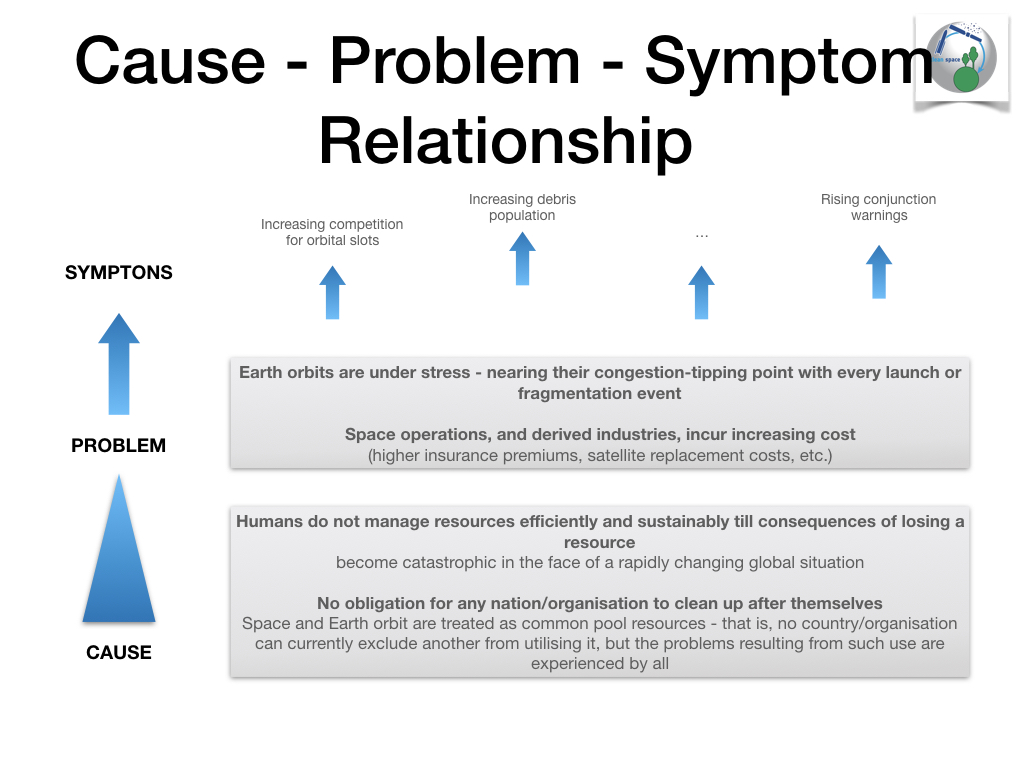
Figure 2: Flowchart identifying the possible causes leading to the symptoms detailed in Figure 1 (format inspired by FAO’s work on land as a critical resource)
Sources:
- S. Cruddas (2015), “Cleaning Up Space”, Royal Aeronautical Society Quarterly Newsletter, Summer 2015, Washington D.C. Branch, https://raeswashingtondcbranch.cloverpad.org/Resources/Documents/RAeS_15_Summer_Quarterly_Newsletter.pdf, p. 15.
- Cartmill, Matt and Fred H Smith (2009), “The human lineage”, John Wiley & Sons.
Related links:
- ESA Clean Space will discuss on-going actions to preserve orbits at the 2018 Clean Space Industrial Days with all space actors. You may register to the event and submit an abstract on the 2018 CSID website.
- ESA tackles the debris situation with its CleanSat project – this technology project is aiming at developing the necessary technologies to support the compliance of future satellites with Space Debris Mitigation (SDM) requirements
- ESA also took the worldwide leadership in the development of active debris removal technologies with the objective to demonstrate these technologies by flying the e.Deorbit mission.
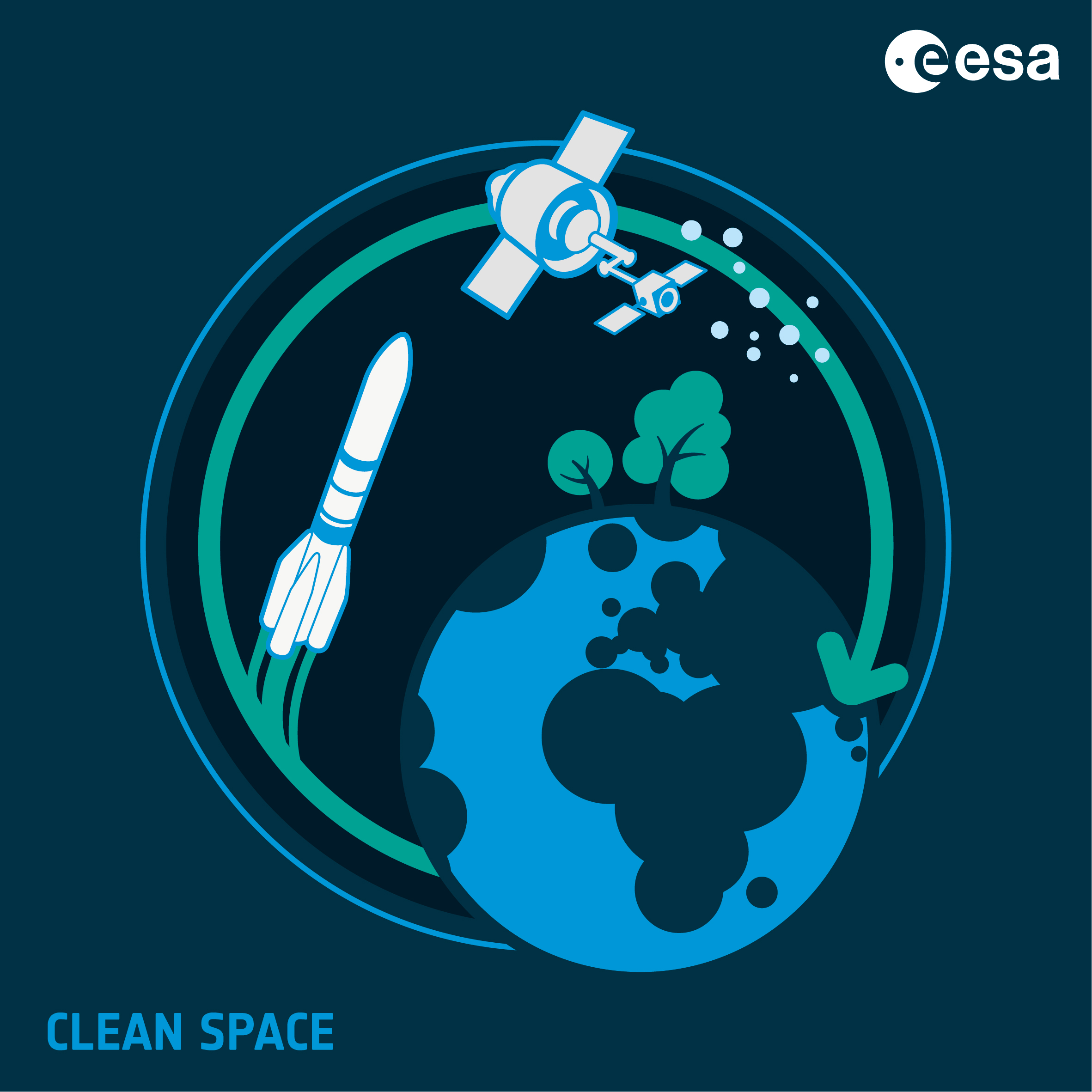

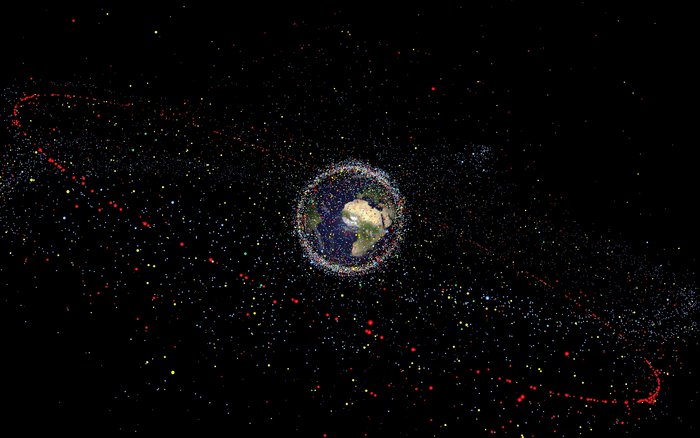
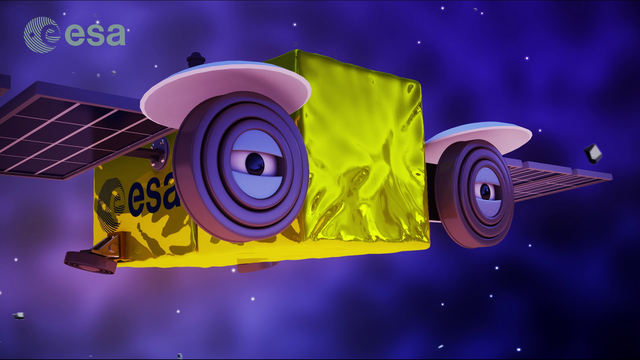
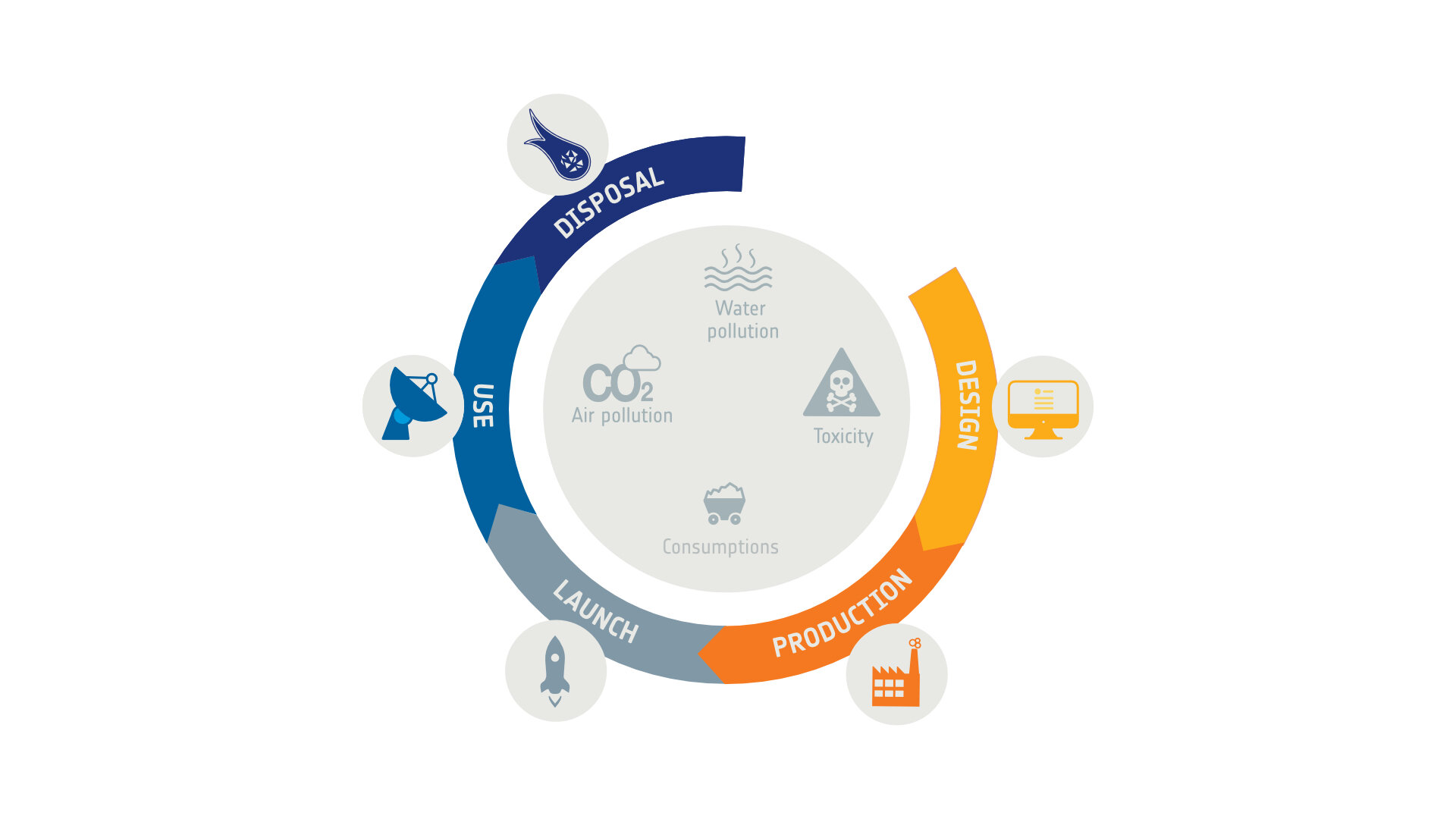
Discussion: 2 comments
That is so true!
On the same line, I would add “Preserve Outer Space” (or something like that) as one of the UN’s Sustainable Development Goals.
We are doomed by the hand of billionaires like Elong Musk and his Starlink program to send 12,000 satellites with no clear plan to effectively clean up the space junk when it comes time to doing so…